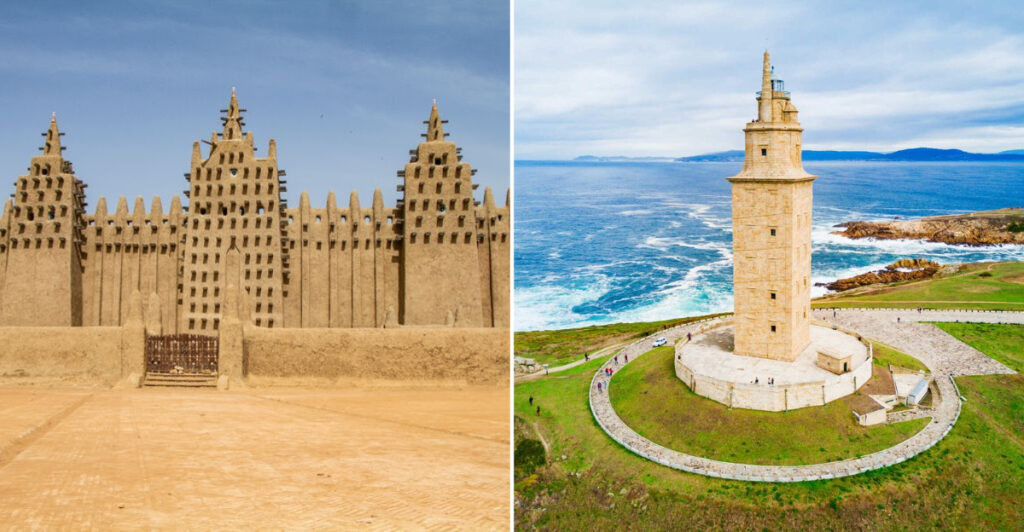Some ancient buildings have stood the test of time—not just as museum pieces but as places people still use every day. From temples and roads to homes and lighthouses, these structures prove that good architecture is truly timeless.
1. St. Catherine’s Monastery, Sinai
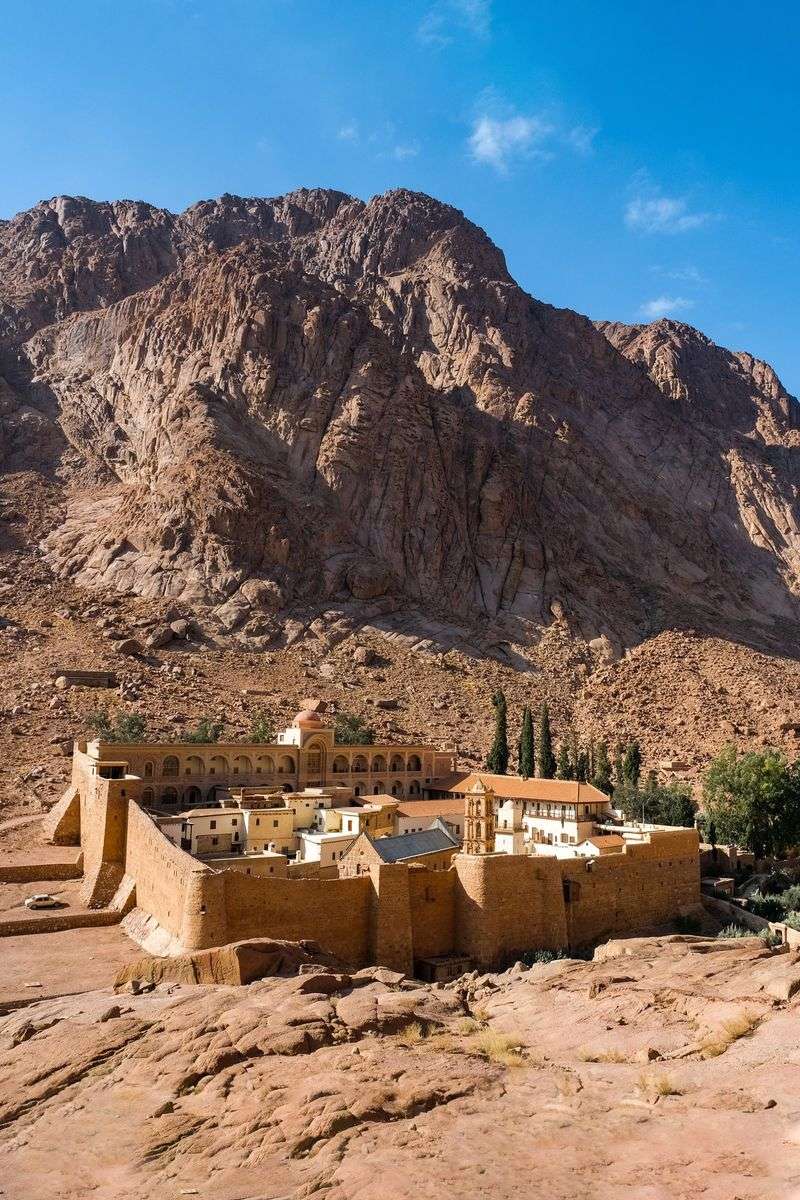
St. Catherine’s Monastery, located at the foot of Mount Sinai, is one of the oldest working Christian monasteries in the world. Established in 565 AD, it has continuously hosted monks for over 1,400 years. This sacred site, with its ancient chapels and rich library, offers a glimpse into the spiritual history of the region. Pilgrims and visitors are drawn to its serene beauty and historical significance. The monastery’s enduring presence highlights the resilience of faith amidst the harsh desert landscape. It remains a beacon of spirituality and scholarship, welcoming all who seek peace and reflection.
2. Stonehenge, UK
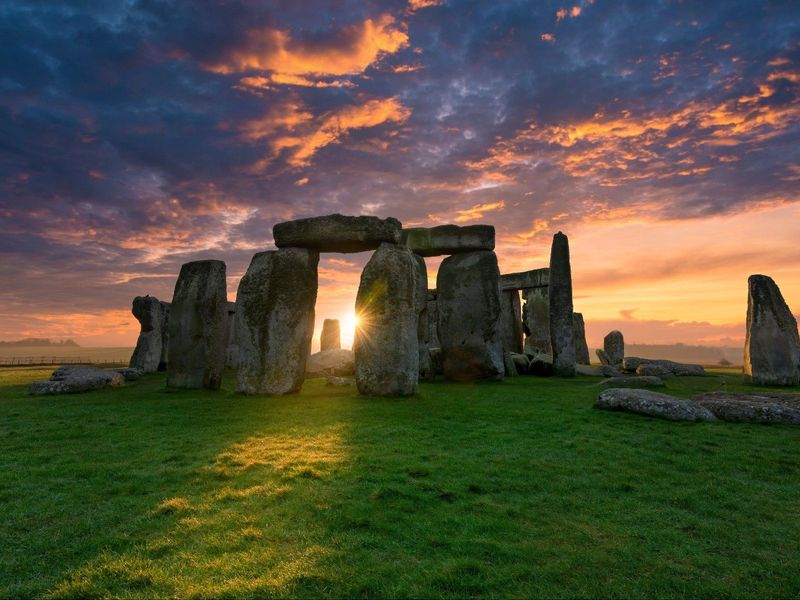
Stonehenge, located in the UK, is an ancient stone circle built around 3100 BC. It remains a source of mystery and fascination, drawing visitors for solstice gatherings and ceremonial events. The site’s unique arrangement and massive stones continue to inspire awe and speculation about its purpose. As a symbol of prehistoric ingenuity, Stonehenge connects us to the distant past. Its enigmatic presence invites exploration and reflection, offering a glimpse into ancient traditions. Despite the passage of millennia, Stonehenge remains a vibrant part of cultural and spiritual life, celebrating the enduring connection between humanity and the cosmos.
3. Colosseum, Rome
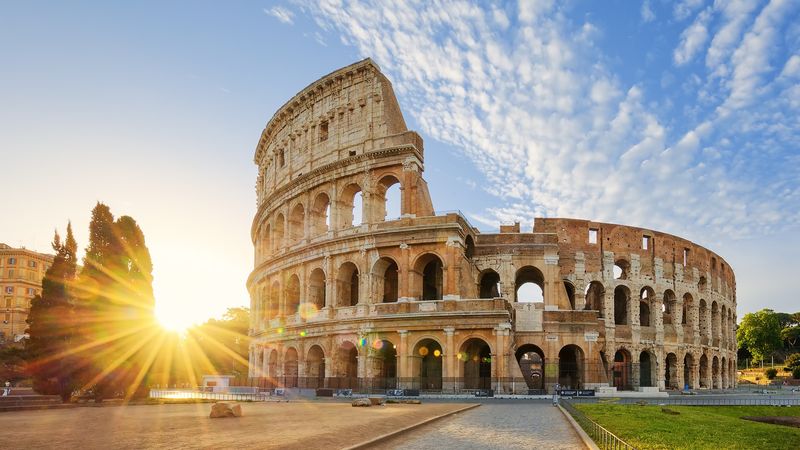
The Colosseum in Rome, constructed in 80 AD, is one of the most iconic symbols of ancient Rome. This massive amphitheater, once host to gladiatorial contests, now serves as a venue for concerts and cultural events. Its grand arches and towering facade captivate visitors from around the globe. Despite its turbulent history, the Colosseum remains a vibrant part of the city’s cultural life, drawing millions of tourists each year. The structure’s enduring presence and role in modern entertainment highlight its timeless appeal. The Colosseum’s past and present intertwine in this extraordinary monument.
4. Basilica of Santa Sabina, Rome
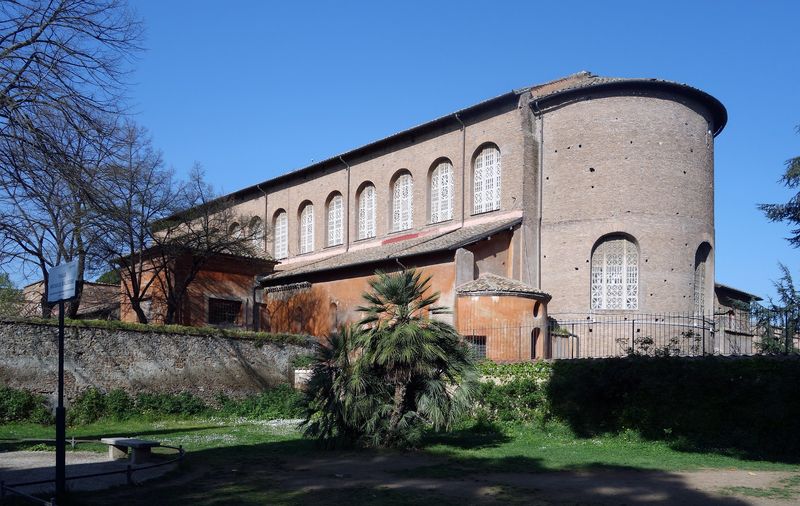
The Basilica of Santa Sabina in Rome, founded in 432 AD, is a remarkable example of early Christian architecture. This ancient church, with its austere exterior and serene, light-filled interior, continues to welcome worshippers today. Its preservation speaks to the enduring nature of faith and tradition. Visitors can admire the intricate mosaics and the church’s harmonious design, which has remained virtually unchanged for centuries. The Basilica stands as a symbol of continuity, where ancient rituals are performed in a space that has witnessed history unfold. It remains a tranquil haven in the bustling city.
5. Hagia Sophia, Istanbul
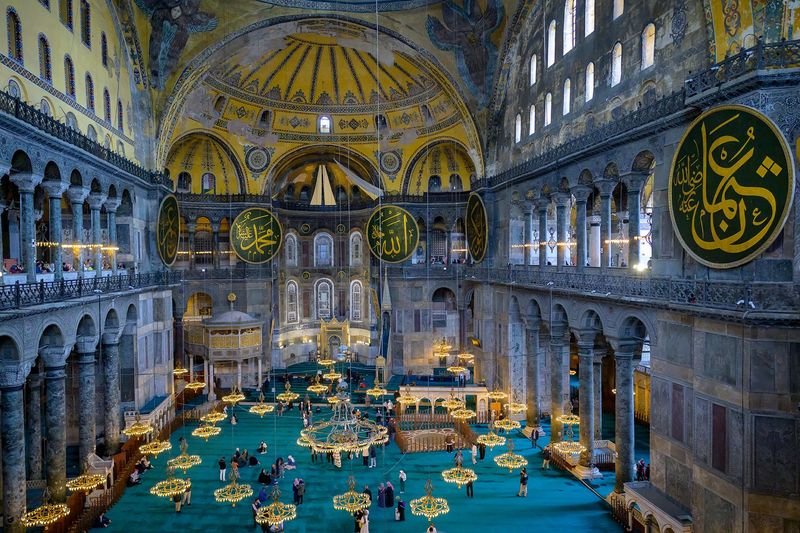
Hagia Sophia in Istanbul is a majestic architectural wonder, originally built as a church in 537 AD. This iconic structure has been a cathedral, mosque, and now serves as a mosque again. Its grand domes and intricate mosaics tell stories of a rich and diverse history. Visitors are drawn to its stunning beauty and the blend of religious traditions. Hagia Sophia’s transformation over the centuries reflects the dynamic cultural landscape of Istanbul. It’s a living monument that continues to inspire and awe, standing as a testament to the resilience of art and faith.
6. Tower of Hercules, Spain
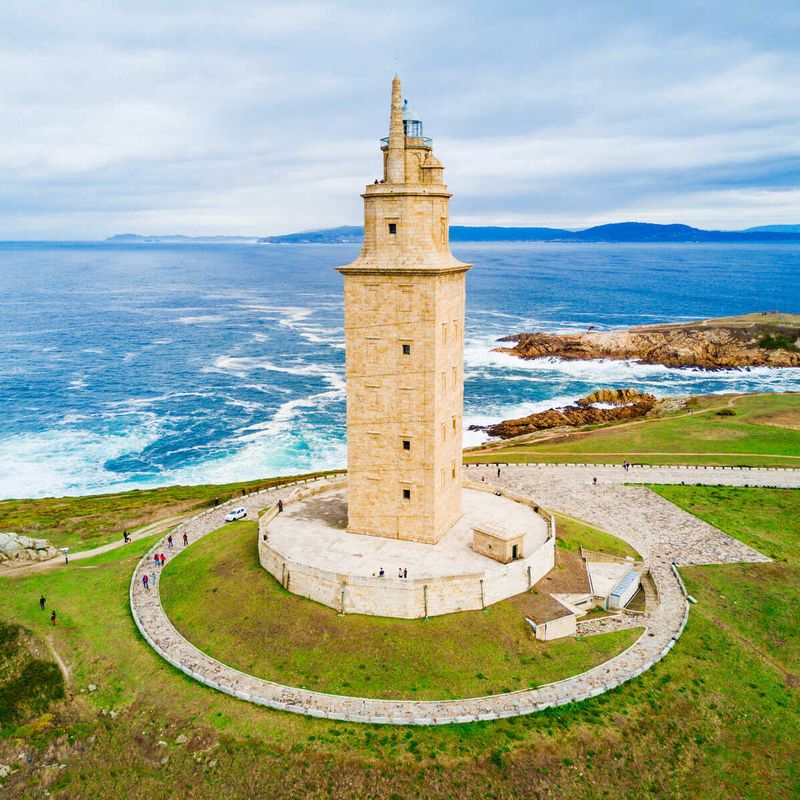
The Tower of Hercules in Spain is an ancient Roman lighthouse, dating back to the 2nd century AD. It remains the oldest functioning lighthouse in the world, guiding ships safely into the harbor. This storied structure, with its robust stonework and sturdy design, stands as a testament to Roman engineering prowess. Its historical significance and continued utility make it a cherished landmark. Visitors marvel at its endurance, as it continues to light the way for sailors, just as it has done for nearly two millennia. The Tower’s enduring legacy and legendary status are nothing short of remarkable.
7. Church of the Nativity, Bethlehem
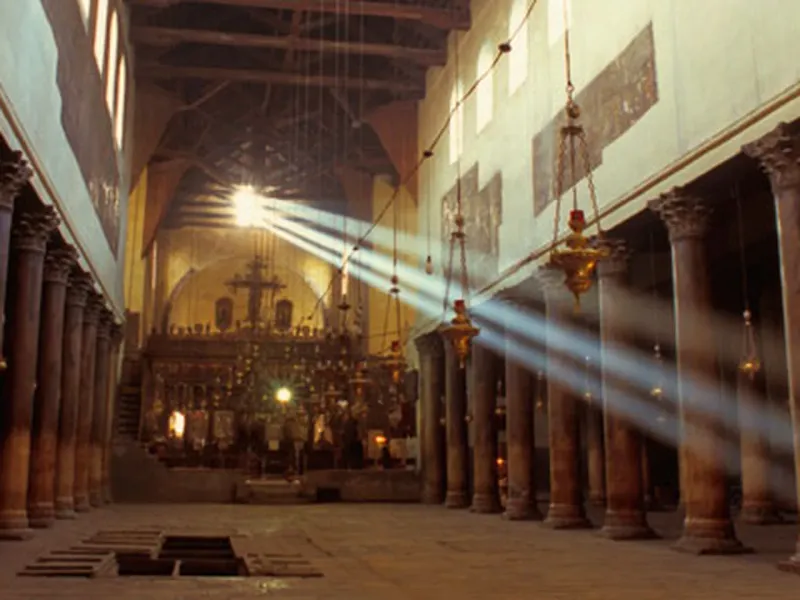
The Church of the Nativity in Bethlehem holds a special place in Christian tradition, believed to be the birthplace of Jesus. Built in 565 AD, this sacred site continues to draw worshippers and pilgrims from around the globe. Its ancient stone walls and religious iconography create an atmosphere of reverence and awe. Despite the passage of time, the church remains a vibrant center of faith and devotion. Visitors can explore its rich history and spiritual significance, as it stands as a symbol of hope and peace. The Church’s enduring legacy is a testament to its sacred role.
8. Luxor Temple, Egypt
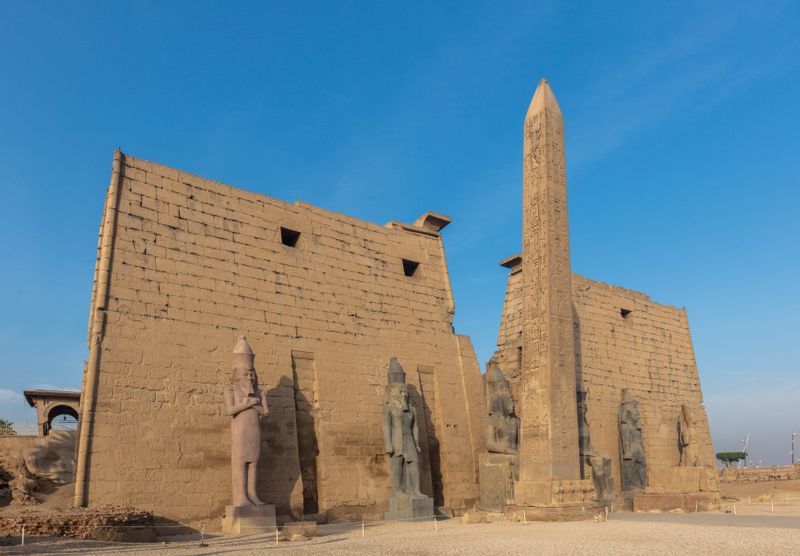
Luxor Temple, built around 1400 BC, stands as a testament to the grandeur of ancient Egyptian civilization. This magnificent temple, with its towering columns and intricate hieroglyphs, continues to play a role in Egypt’s cultural and religious life. It hosts festivals and public events, bridging the gap between past and present. The temple’s architectural splendor and historical significance draw visitors from around the world. As night falls, the temple’s illumination adds to its mystical allure. Luxor Temple’s enduring presence highlights the timeless beauty and spiritual legacy of ancient Egypt, captivating all who visit.
9. Amman Citadel, Jordan
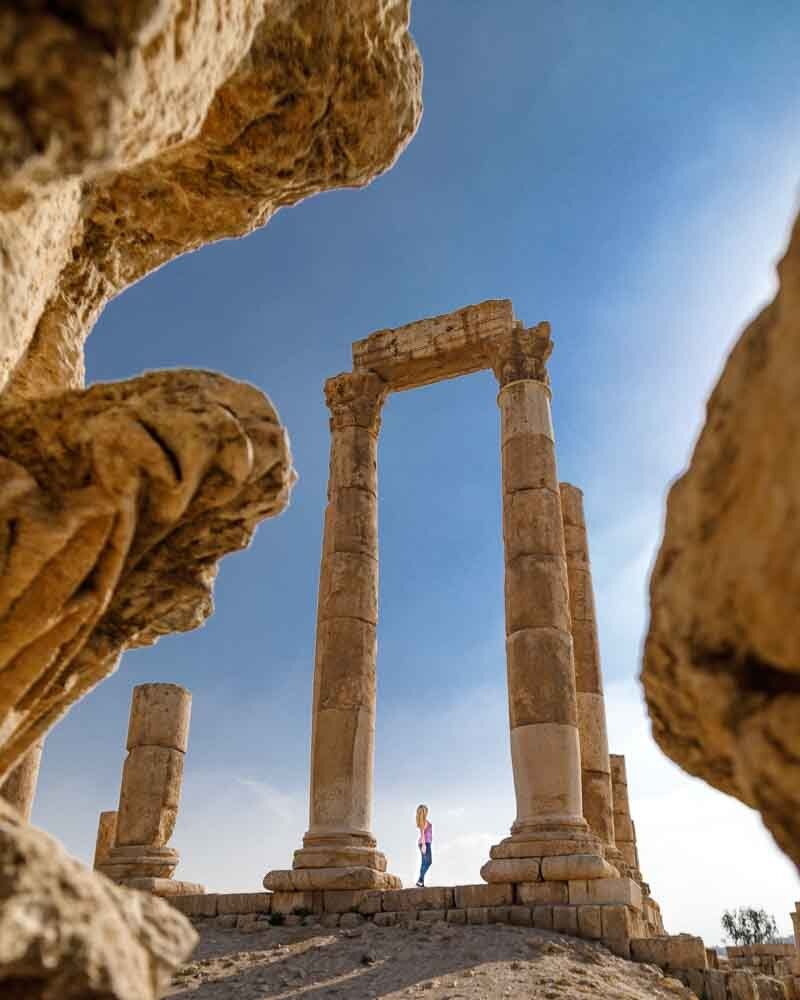
Perched atop one of Amman’s seven hills, the Amman Citadel is a testament to the city’s rich history. Dating back to the Bronze Age, this ancient site remains a vibrant hub for culture and tourism. Visitors explore its ruins and enjoy panoramic views of the modern city below. The Citadel’s layered history, with remains from Roman, Byzantine, and Umayyad periods, tells stories of its past inhabitants. It serves as a bridge between ancient and contemporary Amman, inviting exploration and reflection. The site remains a symbol of resilience and continuity, celebrating Jordan’s diverse heritage.
10. Pantheon, Rome
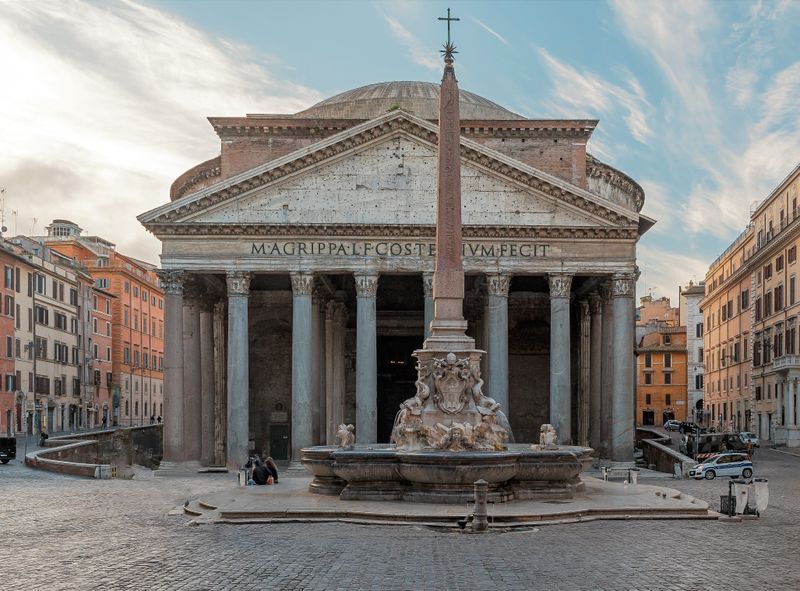
The Pantheon in Rome is a masterpiece of ancient architecture, built around 126 AD. This temple-turned-church stands out with its massive domed roof, featuring an open oculus that lets in the sunlight and rain. It’s a marvel of engineering and beauty, attracting countless visitors each year. Despite its age, the Pantheon is still actively used for worship and cultural events, proving its timeless design. The building’s harmonious proportions and grandeur continue to inspire awe in everyone who enters its doors. Its rich history and seamless blend of past and present make it a true icon of Rome.
11. Acropolis, Athens
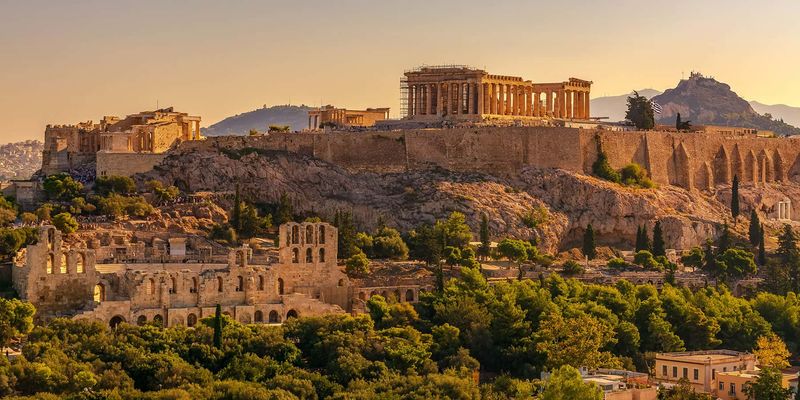
The Acropolis of Athens, dating back to the 5th century BC, is a symbol of ancient Greek civilization. This iconic hilltop site, with its impressive temples like the Parthenon, continues to host cultural and religious events. Visitors are drawn to its historical significance and breathtaking views of Athens. The Acropolis stands as a testament to the artistic and architectural achievements of ancient Greece. Its enduring legacy inspires admiration and reverence, connecting the past with the present. The site’s timeless beauty and cultural importance make it a cherished landmark, welcoming all who seek to explore history.
12. Mnajdra Temples, Malta
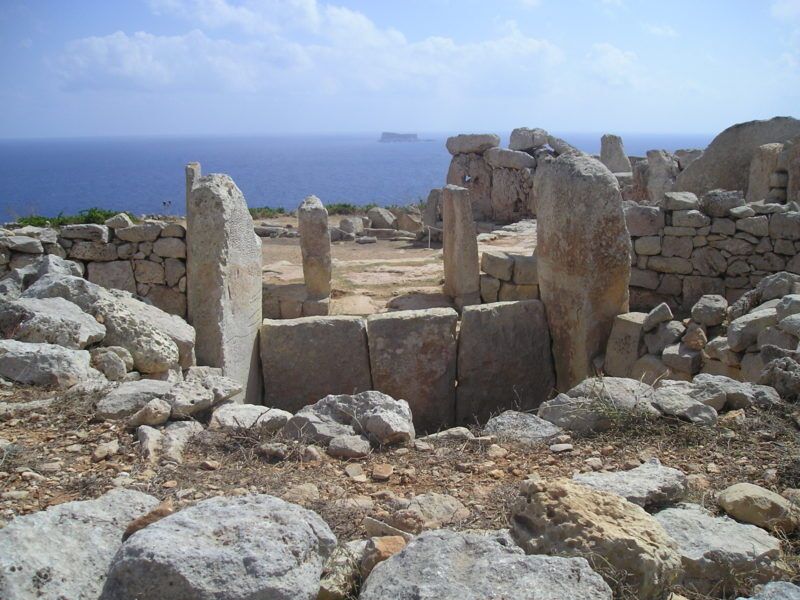
The Mnajdra Temples in Malta, dating back to around 3600 BC, are among the world’s oldest free-standing structures. These ancient temples, with their intricate stonework and alignment with celestial events, remain a site of cultural and archaeological interest. Visitors explore their unique design and participate in cultural ceremonies, connecting with Malta’s rich heritage. The temples’ seaside location enhances their mystical allure, drawing tourists and scholars alike. As living monuments to Neolithic ingenuity, the Mnajdra Temples continue to captivate and inspire. Their enduring presence highlights the timeless nature of human creativity and spiritual expression.
13. Caravan Bridge, Turkey
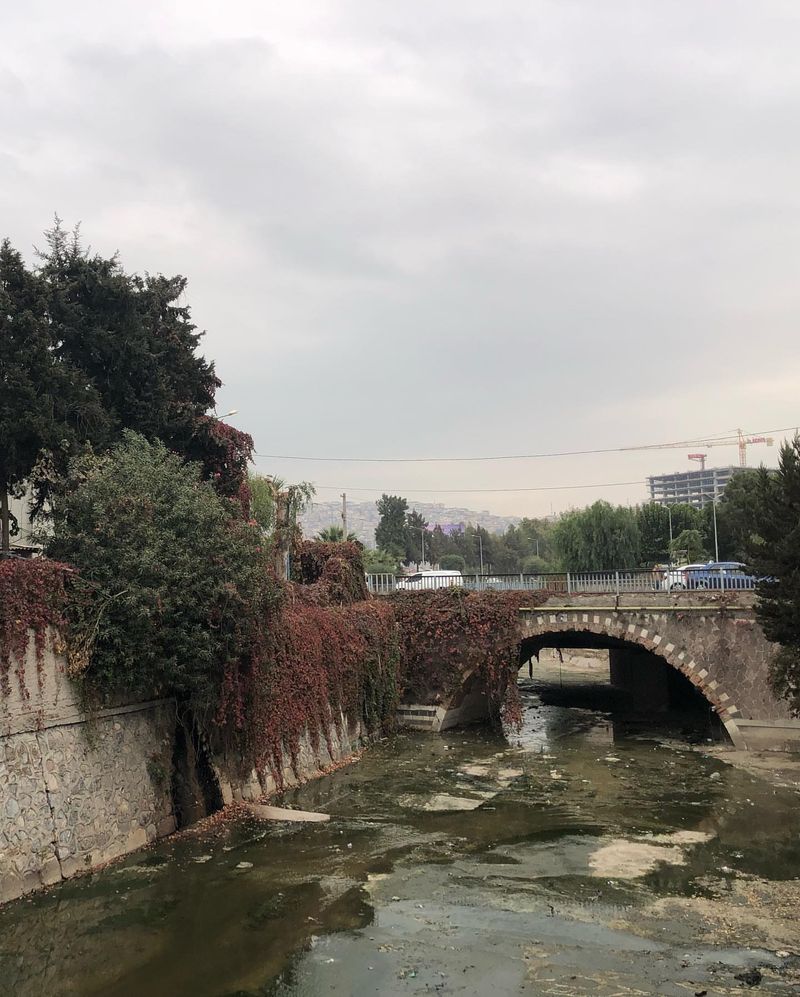
The Caravan Bridge in Turkey, dating back to around 850 BC, is one of the oldest bridges still in use today. This 2,800-year-old structure, with its simple yet sturdy stone arches, continues to serve pedestrians daily. It stands as a testament to the enduring nature of ancient engineering and design. The bridge’s historical significance and continued utility make it a cherished landmark. As people walk across its timeworn stones, they connect with centuries of history and tradition. The Caravan Bridge’s lasting presence highlights its role as a vital link in the region’s cultural and commercial life.
14. Great Mosque of Djenné, Mali
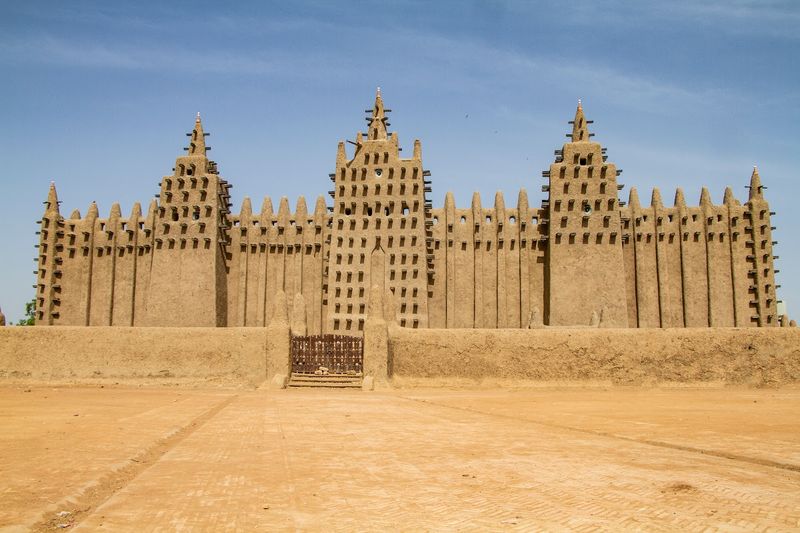
The Great Mosque of Djenné in Mali is a unique architectural marvel, built on ancient foundations in 1907. This active mosque, constructed using traditional mud-brick methods, serves as a central part of community life. Its distinctive design and annual maintenance rituals highlight the importance of communal effort and cultural heritage. The mosque’s role as a vibrant religious and social hub draws visitors and worshippers alike. Its enduring significance underscores the resilience of traditional building techniques and the rich history of Mali. The Great Mosque stands as a symbol of unity and faith, celebrated for its timeless beauty.
15. Sassi di Matera, Italy
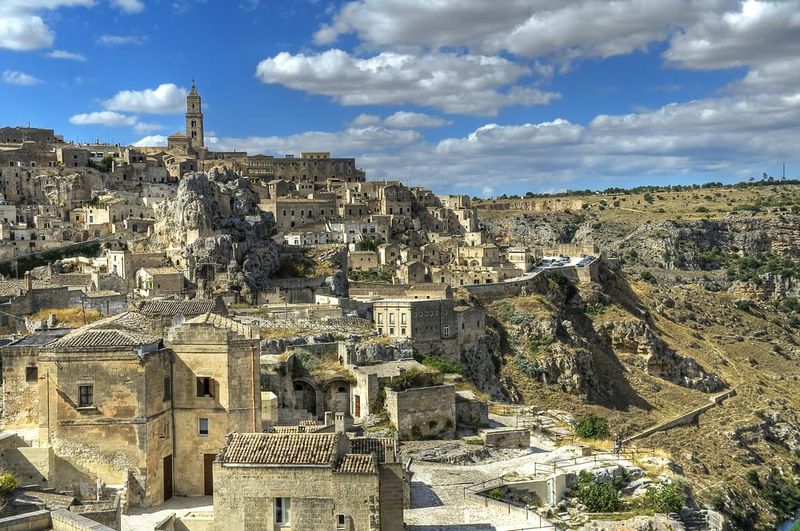
Sassi di Matera in Italy is a fascinating example of ancient cave dwellings, continuously inhabited since the Bronze Age. These unique stone homes, carved into the hillsides, now serve as modern residences, shops, and hotels. The site’s blend of ancient and contemporary life offers a glimpse into the region’s rich cultural heritage. Visitors explore the winding streets and historic architecture, experiencing a living connection to the past. Sassi di Matera’s designation as a UNESCO World Heritage Site highlights its importance as a cultural treasure. Its enduring charm and historical significance captivate all who visit.
16. Taos Pueblo, New Mexico
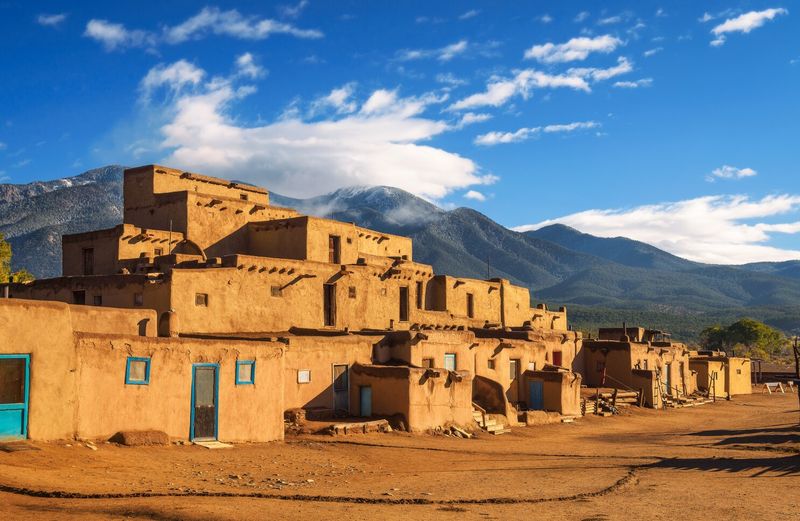
Taos Pueblo in New Mexico is a remarkable example of ancient adobe architecture, continuously inhabited for over a thousand years. These iconic structures, made from earth and straw, form a living community that maintains its cultural traditions. The Pueblo’s vibrant life and spiritual significance attract visitors eager to experience its rich heritage. As a UNESCO World Heritage Site, Taos Pueblo represents the resilience and enduring legacy of Native American culture. Its harmonious blend of past and present offers a unique glimpse into a thriving indigenous community. The Pueblo’s timeless beauty and cultural importance inspire admiration and respect.
17. Mesa Verde Cliff Dwellings, Colorado
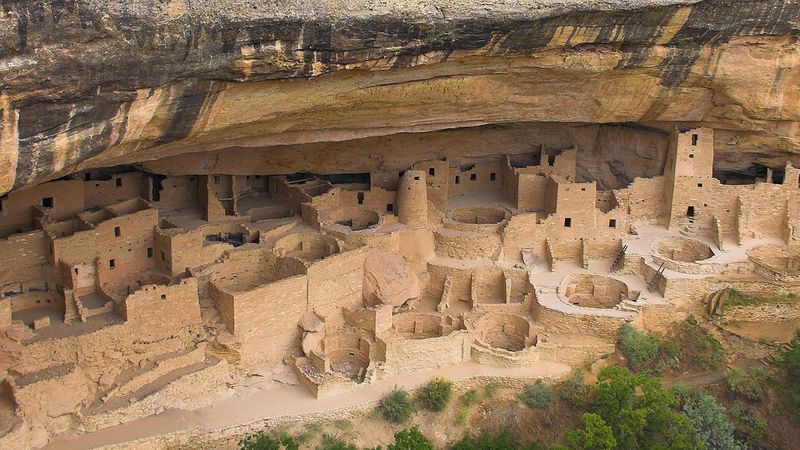
Mesa Verde Cliff Dwellings in Colorado are a stunning testament to the ingenuity of the Ancestral Puebloans. Built around 1190 AD, these cliff-side homes showcase the skill and resourcefulness of their builders. The dwellings, nestled within rugged canyons, offer a unique glimpse into ancient life. Visitors explore the preserved structures and learn about the cultural heritage of the region. As part of a UNESCO World Heritage Site, Mesa Verde continues to captivate with its historical significance and breathtaking scenery. The cliff dwellings stand as a symbol of resilience, celebrating the enduring legacy of the Ancestral Puebloans.
18. Cahokia Mounds, Illinois
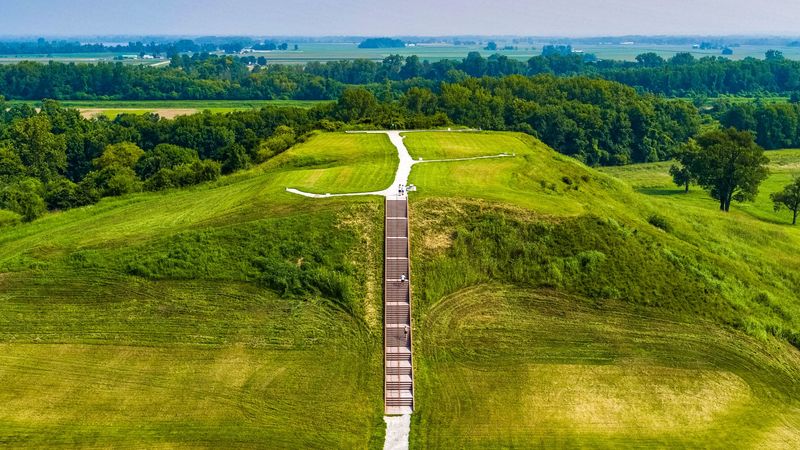
Cahokia Mounds in Illinois is a remarkable archaeological site, dating back to the 9th century AD. These ancient ceremonial mounds, part of a complex urban center, reveal the sophistication of pre-Columbian Native American culture. Visitors explore the expansive site and learn about its historical significance as a hub of trade and religion. As a UNESCO World Heritage Site, Cahokia offers a unique glimpse into the past, celebrating the achievements of its ancient inhabitants. The mounds’ enduring presence highlights the importance of preserving cultural heritage and understanding our shared history. Cahokia’s legacy continues to inspire and educate.
19. Theatre of Marcellus, Rome
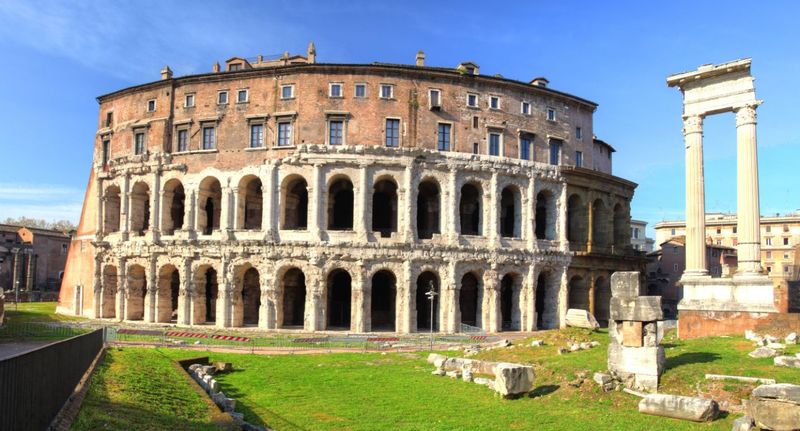
The Theatre of Marcellus in Rome, built in 13 BC, is an extraordinary blend of ancient and modern living. This impressive Roman theatre, once a venue for performances, now houses private apartments within its historic walls. The structure’s grand arches and timeless design continue to captivate residents and visitors alike. Its seamless integration of past and present highlights the enduring appeal of Roman architecture. The theatre stands as a symbol of continuity, where modern life thrives amidst the remnants of history. The Theatre of Marcellus offers a unique living experience, bridging the gap between ancient and contemporary Rome.
20. Roman Aqueducts
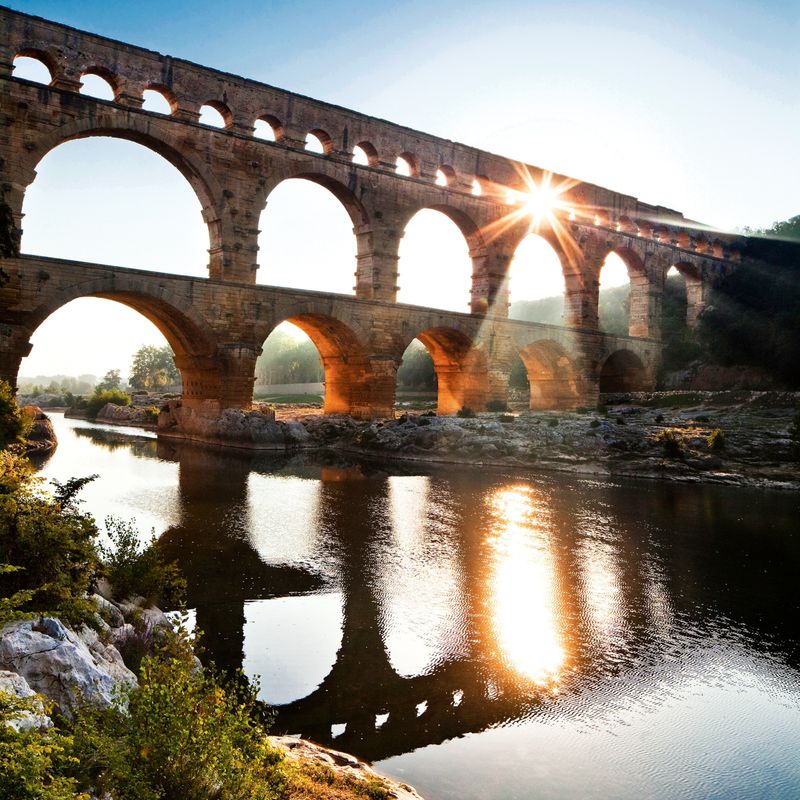
The Roman Aqueducts, such as the Pont du Gard in France, are stunning examples of ancient engineering. These monumental structures, with their towering stone arches, were built to transport water across vast distances. Many aqueducts remain in remarkable condition, with some even serving modern uses. Their enduring presence highlights the ingenuity and skill of Roman engineers. Visitors marvel at their architectural beauty and historical significance, as these aqueducts connect past achievements with present-day utility. The aqueducts stand as a testament to the resilience and brilliance of ancient Rome, celebrated for their timeless functionality and design.
21. Via Appia, Italy
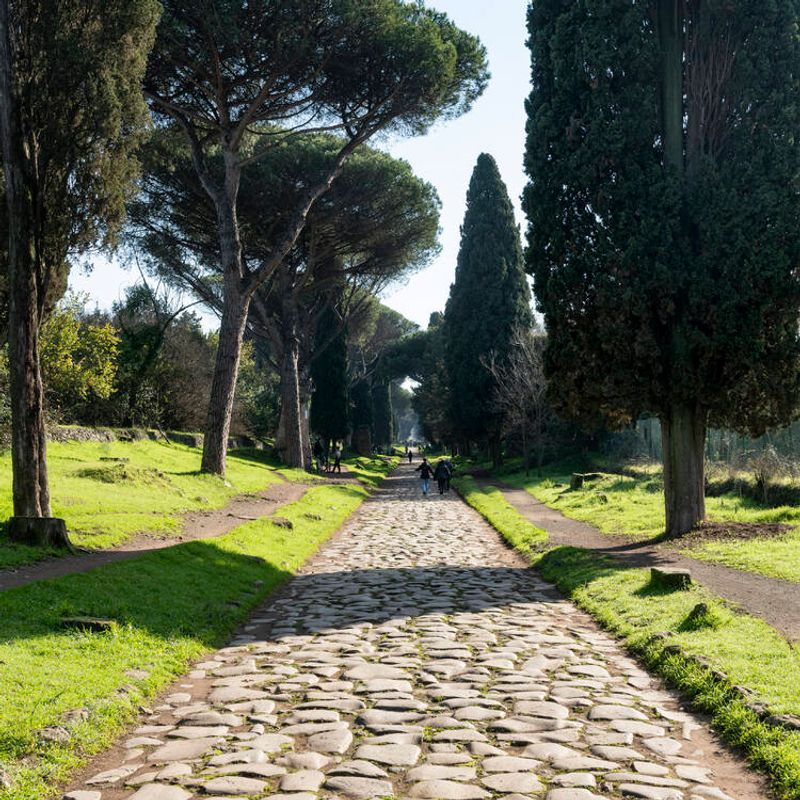
Via Appia, also known as the Appian Way, is one of the earliest and most important Roman roads, dating back to 312 BC. This ancient thoroughfare, stretching from Rome to Brindisi, continues to serve as a pedestrian and cycling route. Its enduring presence speaks to the skillful engineering and strategic planning of Roman road builders. As travelers walk or bike along its cobblestone path, they connect with centuries of history and commerce. Via Appia’s timeless appeal and historical significance make it a cherished landmark, inviting exploration and reflection. The road’s legacy endures, bridging ancient and modern Italy.
22. Cloaca Maxima, Rome
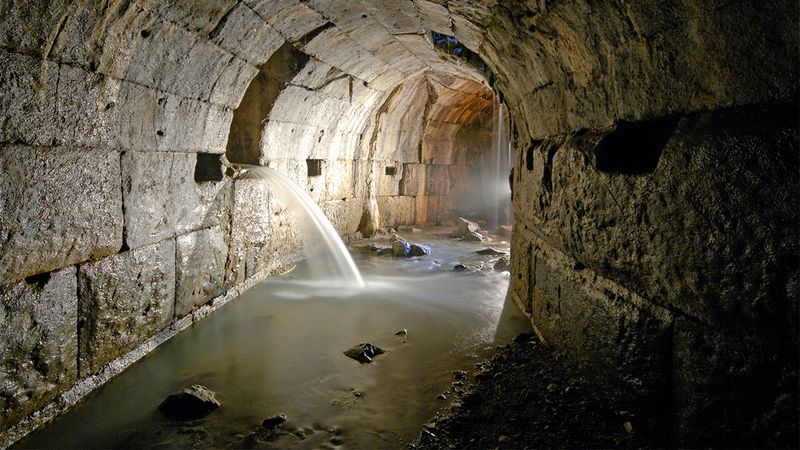
Cloaca Maxima in Rome is one of the world’s oldest sewage systems, dating back to the 6th century BC. This ancient engineering marvel still functions in part, showcasing the ingenuity and practicality of Roman infrastructure. The system’s robust stone construction and innovative design have stood the test of time, continuing to serve the city in various capacities. Visitors marvel at its historical significance and the foresight of its creators. The Cloaca Maxima highlights the enduring legacy of Roman engineering, celebrated for its utility and resilience. It remains a vital piece of Rome’s architectural and historical heritage.
23. Roman Concrete Buildings
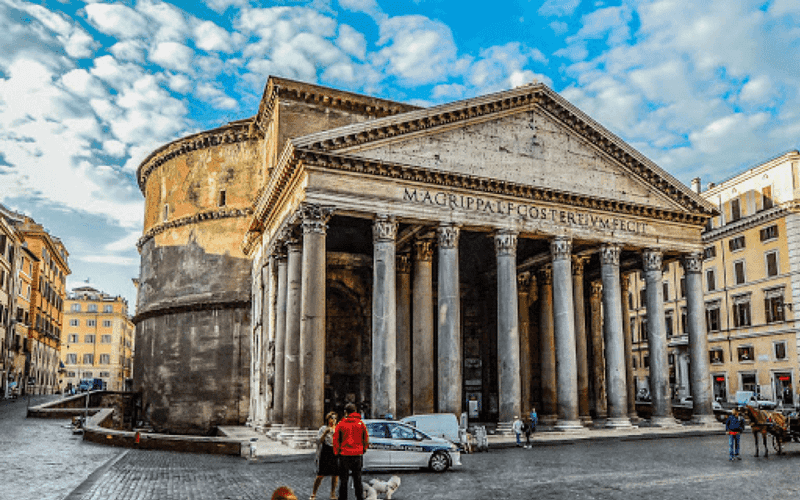
Roman concrete buildings, such as the Pantheon, owe their remarkable durability to the innovative use of volcanic ash in their construction. This ancient material, known as opus caementicium, allowed for the creation of structures that have endured for millennia. The strength and longevity of Roman concrete continue to inspire modern architects and engineers. These buildings stand as a testament to the brilliance of Roman innovation, celebrated for their timeless beauty and functionality. Visitors admire the seamless blend of ancient techniques with modern aesthetics, as these structures remain integral parts of Rome’s urban landscape.
24. Mayan Temples, Yucatán
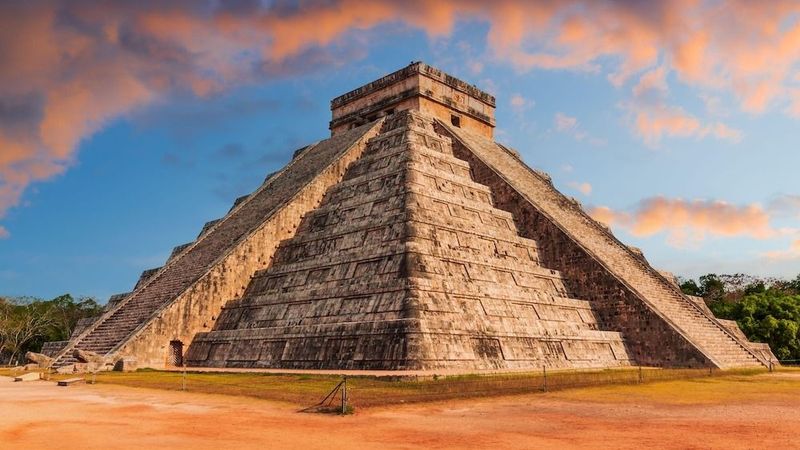
The Mayan temples in Yucatán are remarkable examples of ancient Mesoamerican architecture. These majestic structures, adorned with intricate stone carvings, continue to serve ceremonial purposes for local communities. The temples’ lush jungle surroundings enhance their mystical allure, drawing visitors from around the world. As symbols of cultural and spiritual heritage, the Mayan temples connect past and present through ritual and tradition. Their enduring presence highlights the architectural ingenuity and cultural richness of the Mayan civilization. The temples stand as living monuments to a vibrant history, celebrating the enduring legacy of the Mayan people.
25. Göbekli Tepe, Turkey
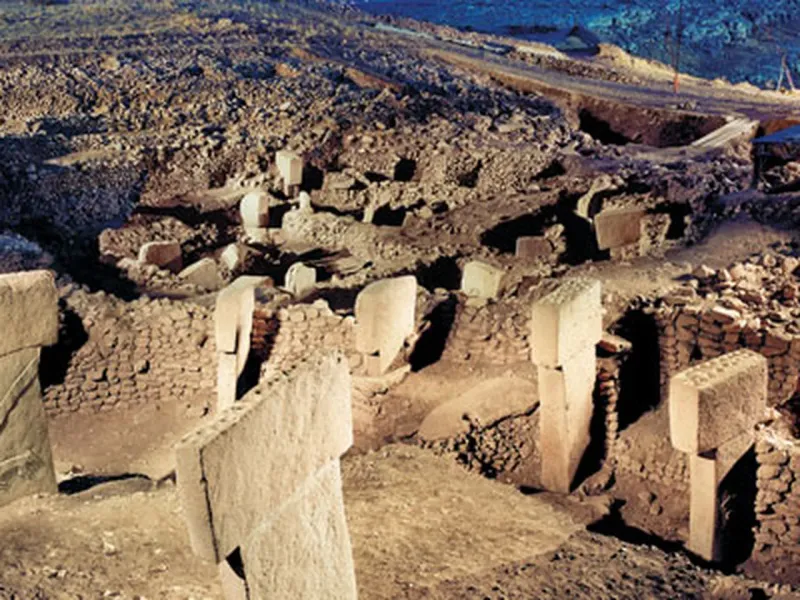
Göbekli Tepe in Turkey is an extraordinary archaeological site, dating back to around 9500 BC. This ancient sanctuary, with its massive stone pillars and intricate carvings, is believed to be one of the world’s oldest temples. The site continues to be a focus of archaeological exploration and ritual practices. Its remote location and enigmatic history captivate scholars and visitors alike. Göbekli Tepe’s enduring presence challenges our understanding of ancient civilizations, offering new insights into early human society. The site’s timeless mystery and cultural significance make it a fascinating subject of study and admiration.
26. Knap of Howar, Orkney
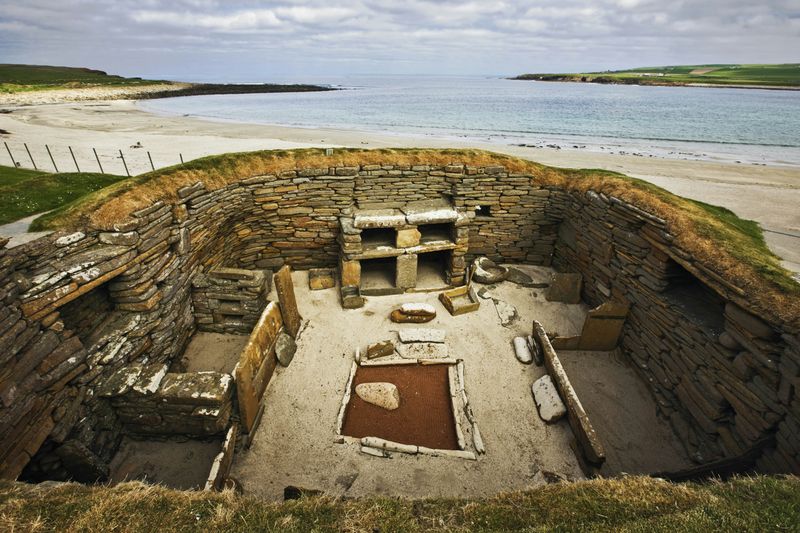
The Knap of Howar on Orkney Island is the oldest preserved stone house in Europe, dating back to around 3700 BC. This Neolithic site, with its well-preserved stone structures, offers a unique glimpse into ancient domestic life. The house’s scenic coastal setting adds to its allure, drawing visitors and archaeologists alike. The Knap of Howar’s enduring presence highlights the resilience and adaptability of early human societies. As a living monument to Neolithic ingenuity, the site continues to inspire and educate. Its historical significance and timeless charm make it a cherished part of Orkney’s heritage.
27. Cairn of Barnenez, France
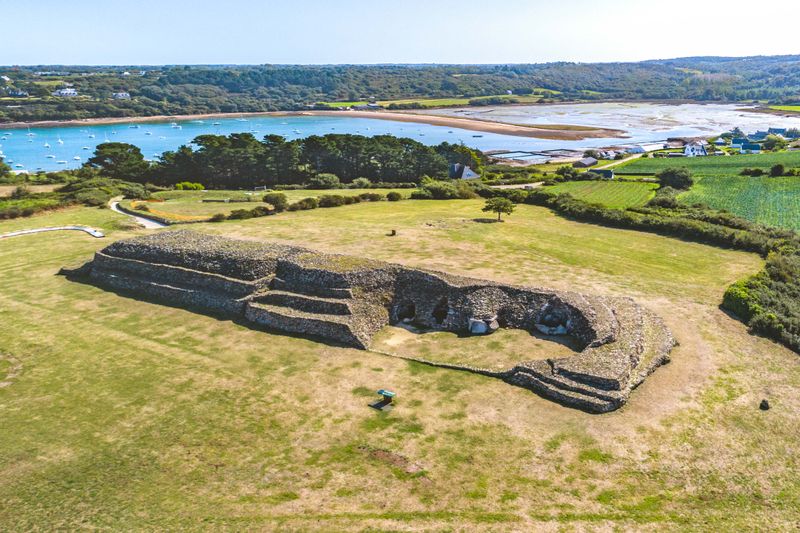
The Cairn of Barnenez in France is a remarkable Neolithic burial site, dating back to around 4800 BC. This ancient monument, with its megalithic structures and intricate passageways, offers a fascinating glimpse into prehistoric life. Visitors explore the site and learn about its historical significance through guided tours and educational programs. The Cairn’s verdant surroundings enhance its mystical allure, drawing tourists and researchers alike. As a living testament to early human ingenuity, the Cairn of Barnenez continues to captivate with its cultural and historical importance. Its enduring presence celebrates the timeless resilience of ancient societies.
28. Theopetra Cave Wall, Greece
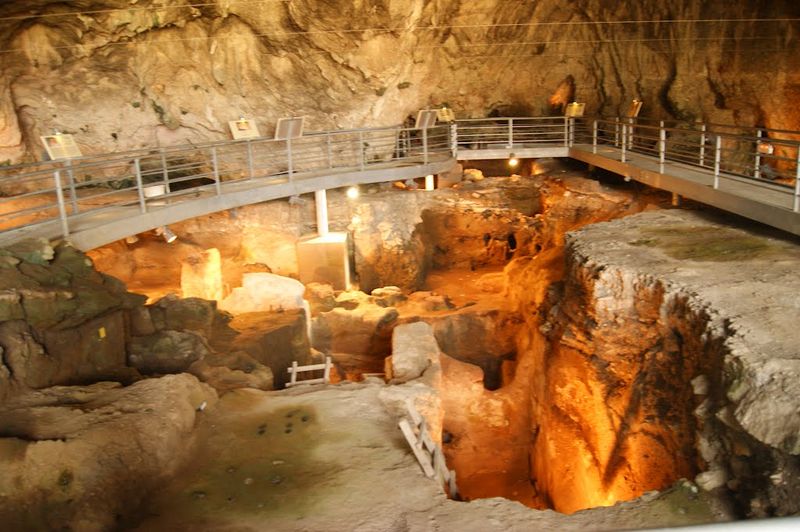
The Theopetra Cave Wall in Greece is a site of immense archaeological importance, dating back to around 21,000 BC. This prehistoric location, with its ancient stone structures, offers valuable insights into early human habitation. Ongoing research and excavations continue to uncover the cave’s mysteries, attracting scientists and visitors alike. Theopetra’s historical significance and unique findings highlight the resilience and adaptability of our ancestors. As a living monument to human history, the cave invites exploration and reflection. Its enduring presence underscores the importance of preserving and understanding our shared past, celebrated for its timeless mystery and cultural value.
29. Ġgantija Temples, Malta
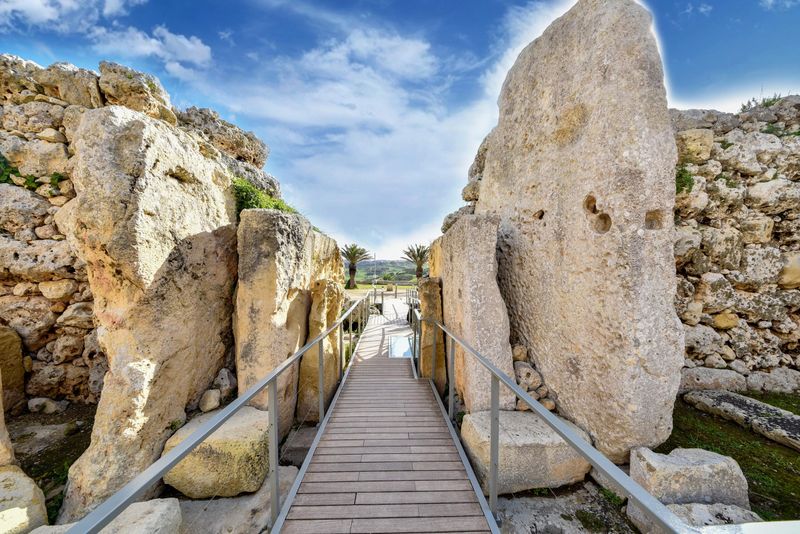
The Ġgantija Temples in Malta, dating back to around 3600 BC, are among the world’s oldest free-standing structures. These massive stone temples continue to host cultural events and attract tourists from around the globe. Their architectural prowess and historical significance offer a glimpse into the ingenuity of ancient builders. Visitors explore the site’s unique design and participate in events, connecting with Malta’s rich heritage. The temples’ picturesque setting enhances their allure, drawing admiration and respect. Ġgantija’s enduring presence highlights the timeless nature of human creativity and spiritual expression, celebrating the legacy of Malta’s ancient past.
30. Tumulus of Bougon, France
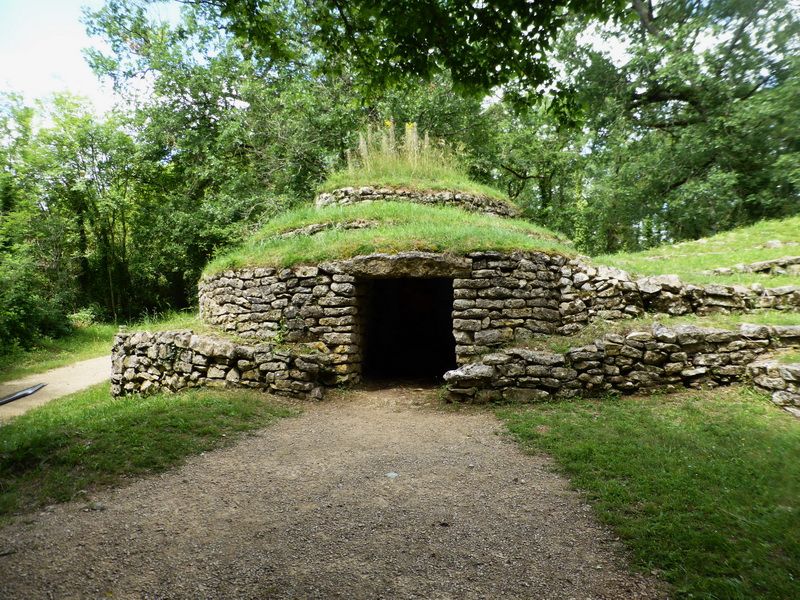
The Tumulus of Bougon in France is a remarkable Neolithic burial site, dating back to around 4800 BC. This ancient monument, with its earthen mounds and intriguing passageways, serves as an open-air museum today. Visitors explore the site and engage with educational exhibits, learning about its historical significance. The Tumulus’s serene landscape adds to its mystical charm, attracting tourists and researchers alike. As a living testament to early human ingenuity, the site continues to captivate with its cultural and historical importance. Its enduring presence celebrates the resilience and creativity of ancient societies.
31. Roman Baths
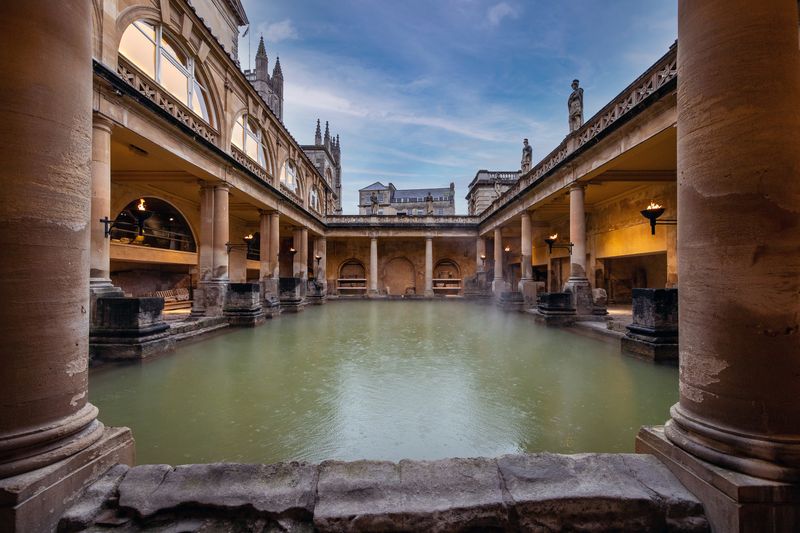
The Roman Baths, such as those in Bath, UK, are stunning examples of ancient bathing complexes. These grand stone structures, with their intricate design and steamy waters, continue to attract modern spa-goers and tourists alike. The baths’ historical significance and architectural beauty offer a unique glimpse into Roman leisure culture. Visitors immerse themselves in the soothing waters, connecting with a tradition that spans millennia. The enduring appeal of the Roman Baths highlights their timeless functionality and design. As living monuments to ancient ingenuity, they celebrate the lasting legacy of Roman civilization, cherished for their relaxation and allure.

